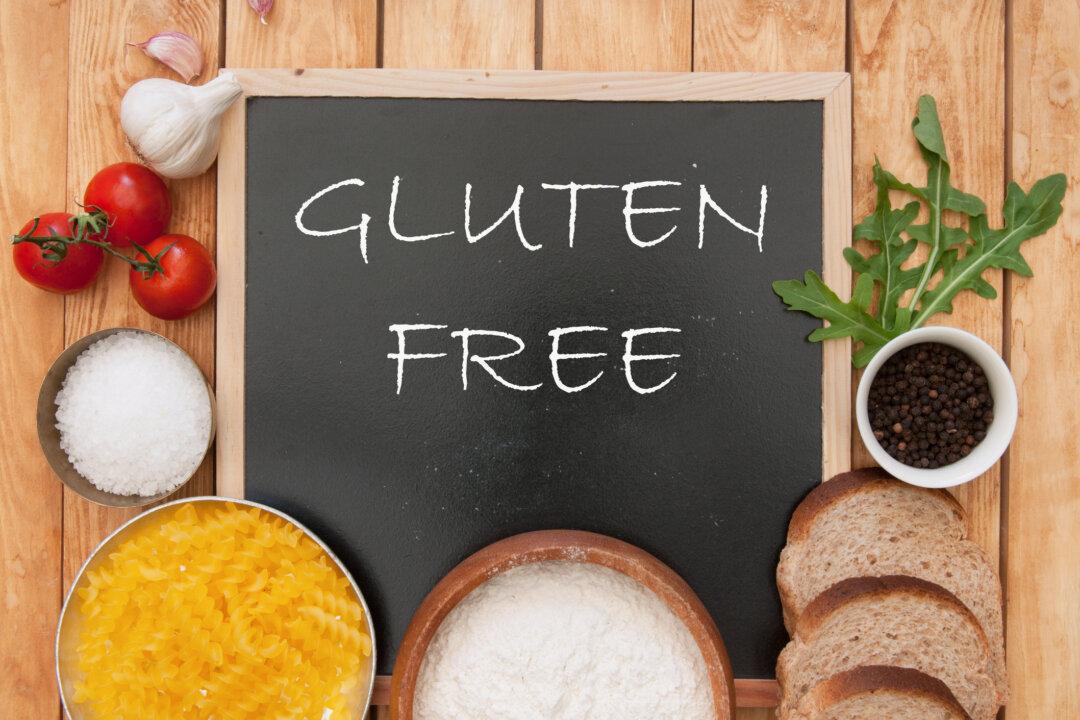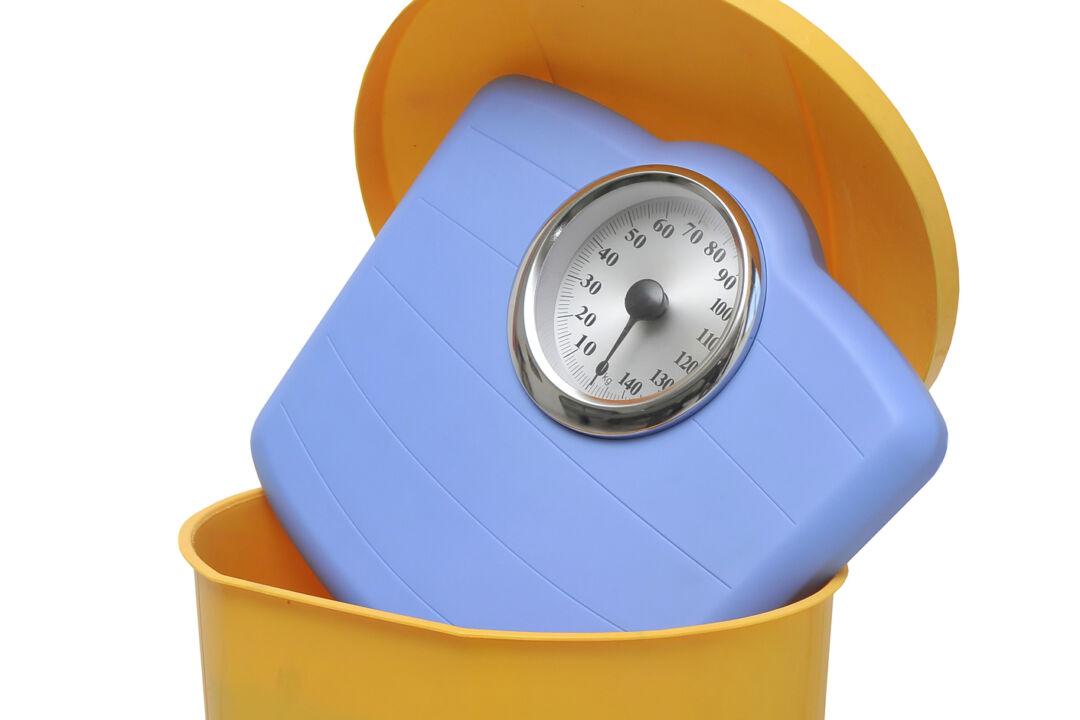A steaming bowl of soup is the perfect meal for a chilly, damp day. But the time required for it to simmer for hours on the stovetop is a luxury we don’t always have. Ready-to-eat soup to the rescue! Prepared soups, however, are one of the highest sodium-containing foods at the grocery store. Fortunately, many soup companies have been attempting to create tasty soups with a lower sodium content, therefore, enjoying a premade soup on occasion can fit into a healthy eating plan.
Once you’re aware of the sodium content, another important aspect to keep in mind is the serving size. The serving size for soups is considered one cup, however it’s not uncommon for people to eat an entire can in a sitting. However, by doing so, you’ll be increasing the nutrients you’re consuming, both beneficial, but more importantly, those you should be limiting such as sodium and saturated fat. Adding additional low sodium foods to the meal will help provide a filling meal that doesn’t go overboard in those limited nutrients.





